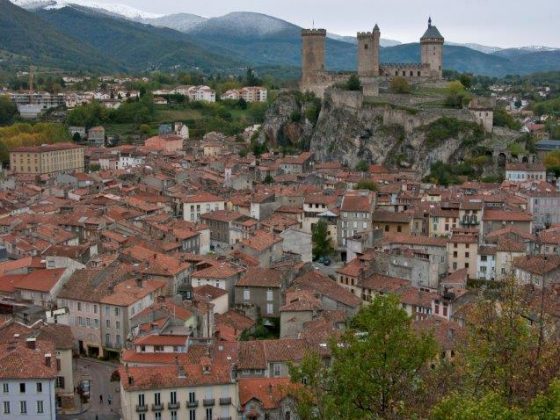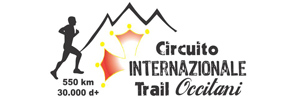Foix
Foix
The old town of Foix is located on the confluence of the Ariège with the Arget, on a rocky spur full of caves inhabited in the prehistoric epoch, as evidenced by cave paintings and other retrievals dating back to the Palaeolithic. There was also a fortress during Roman times as well, but the town developed during the High Middle Ages: the late medieval centre included the Benedictine abbey of St-Volusien (849) and the castle (X century) of the counts of Foix. The centre developed at the foot of the fortress two centuries later. During the crusade the castle and the county of Foix played a marginal role, but many Catharists were surely sheltered here. Between the XIV and XV centuries the city lived its most glorious period, when count Gaston Fébus de Foix-Béarn made the castle bigger and more beautiful, shaping it to its current forms and dimensions: the fortress has three towers, big walls and a building connecting two of the towers. The castle can be visited, and it includes a small museum with finds from the abbey of St-Volusien (destroyed during the religious wars in the XVI century), located in the central building. The last count of Foix, Henry III, king of Navarra, who became king of France under the name of Henry IV, lived in the castle as well. The castle was restored in the XIX century by Eugène Viollet-le-Duc, artificer of the restoration of the Cité of Carcassonne. The interesting Romanesque-Gothic church of St-Volusien and the beautiful houses belonging to the XVI-XVII centuries give value to the medieval hamlet. It is possible to walk along St-Jamme street, or Saint James, at the foot of the castle: Foix is one of the stages of the pilgrimage walk to Santiago de Compostela.




